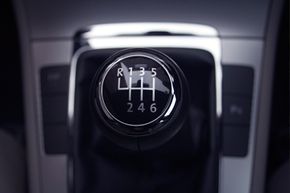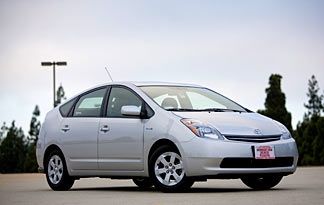It's one thing that almost every gearhead swears is true: Shifting a manual transmission is more exciting, more fun and more authentic than driving a car with an automatic transmission. After all, rowing through the gears yourself makes you feel like a race car driver. Sure, your left leg may start to ache from working the clutch while sitting in traffic, but when you hit the open road, car enthusiasts swear that a manual transmission is the more fun choice. Budget bean-counters are also often fans of manual transmissions — they tend to cost less than automatics, and many people think they get better fuel economy, too.
While it's true that cars with manual transmissions tend to cost less than cars with automatic transmissions, it's no longer true that they also have improved fuel efficiency.
Advertisement
Here's why manual transmissions used to be the more fuel-efficient choice: When you come to a stop in a manual transmission-equipped car, you have to select the neutral gear, either by shifting or by depressing the clutch. If you don't, you'll stall (and everyone around will laugh at the moron who doesn't know how to drive a manual). By contrast, an automatic transmission stays in gear when you stop. While that's great for your left leg in stop-and-go traffic, it's bad for mileage at lower speeds.
Modern automatic transmissions do, however, save fuel at higher speeds. Most automatic transmissions now have more gears than most modern manuals. More gears means that the engine can send the same amount of power to the wheels while doing fewer revolutions. That saves gas.
There's also a relatively new type of transmission that's similar to an automatic in how you drive it, even though what's happening under the hood is different. To the driver, a continuously variable transmission (CVT) operates a lot like an automatic. You don't have to operate a clutch, and you simply put the car in drive to go. Unlike manuals and automatics, however, CVTs have infinite combinations of gear ratios. What that means is that a CVT can always send power to the wheels from the engine in the most fuel-efficient way possible.
There are still plenty of manual transmissions that are more efficient than their automatic counterparts, but for the most part, the idea that all manuals are more efficient than automatics is no longer true. That's led to manual transmissions, which were never really all that popular in the United States anyway, becoming even rarer [source: AP]. Car enthusiasts might bemoan the lack of a manual transmission option, but for people who want to save on fuel, it's not such a bad thing.
Advertisement


